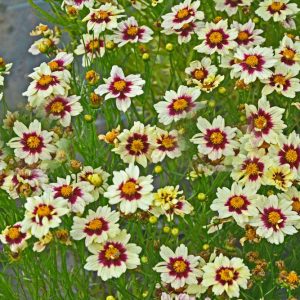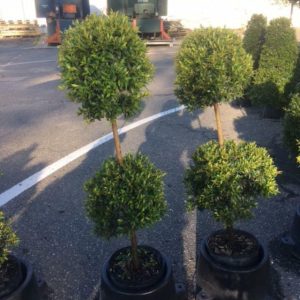Description
Stewartia – Stuartia –
There are 15-20 deciduous or evergreen trees and shrubs, closely allied to Camellias, in this genus. They are found naturally occurring from woodlands in Eastern Asia and Southeastern USA. They are grown for their often colored and peeling, sometime in a camouflage cloth like pattern bark, their elliptical simple, usually toothed, 2-6″ long leaves, which color to bright orange and red in autumn, and their cup shaped white flowers, to 4″ across with prominent stamens, carried singly or in clusters of 2 or 3’s. Use as a specimen.
Grow in moist but well drained, moderately fertile, humus rich, neutral to acidic soil in full sun or light, dappled shade, with shelter from strong winds.
S. pseudocamellia – Stuartia pseudocamellia – False Camellia – Japanese Stewartia – This broadly columnar, deciduous tree from Japan and Korea can grow to 70′ feet tall and 25′ feet wide, , but mostly as a 20′ foot tall specimen in cultivation. It has peeling, pink to red brown and gray bark. It produces ovate to elliptic, finely toothed, dark green leaves, to 4″ long with downy undersides, turn yellow to orange and red in autumn. Rose like, cup shaped white flowers with frilly petals, to 2 ½” across, with golden stamens, are borne singly or in pairs in late spring to early summer, followed by nut like seed capsules.
Zones 5-8





